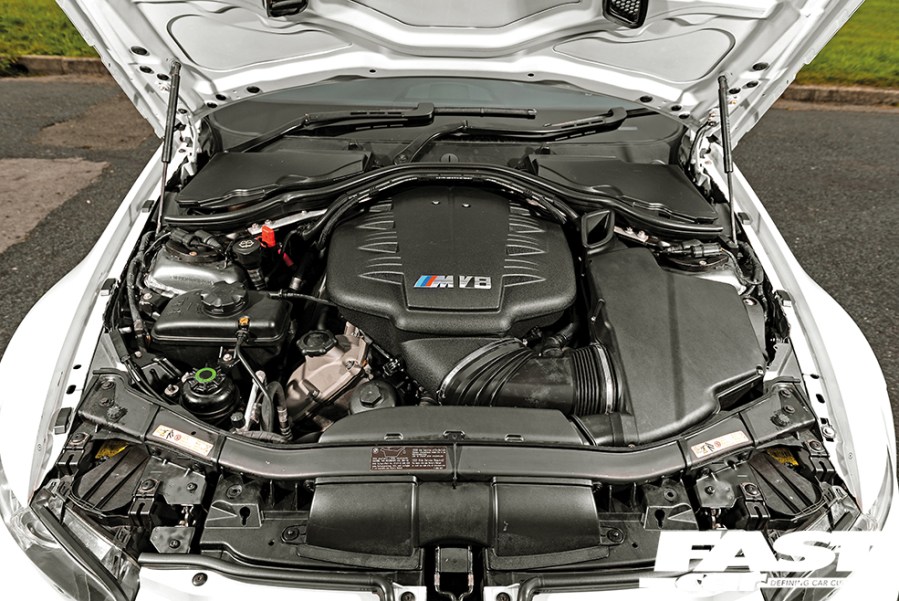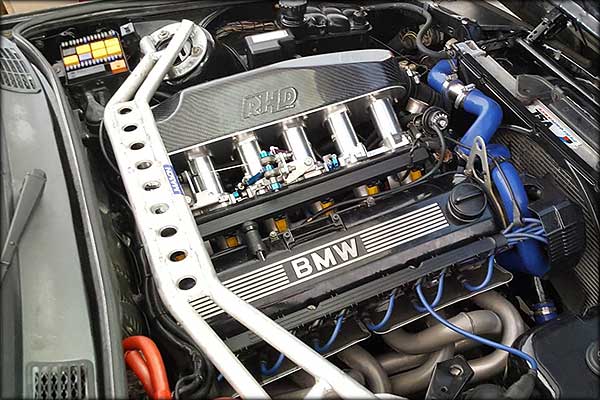Usual Issues Encountered by BMW Engine Owners and Exactly How to Solve Them
Usual Issues Encountered by BMW Engine Owners and Exactly How to Solve Them
Blog Article
Exploring the Evolution of Combustion Engines in Modern Transportation Equipments
As we browse the landscape of contemporary transportation, the advancement of combustion engines stands as a testament to human resourcefulness and design prowess. The interaction of history, technology, and ecological issues in shaping the trajectory of burning engines creates a story that is both compelling and insightful.
Very Early Beginnings of Combustion Engines
Just how did the principle of combustion engines first emerge in the very early stages of transportation development? The roots of combustion engines can be mapped back to the 17th century when the principles of internal burning were first discovered. In 1673, Christian Huygens conceptualized a fundamental internal combustion engine that made use of gunpowder to produce power. It had not been until the late 19th century that functional applications of combustion engines in transportation started to emerge.
The advancement minute came with the development of the first successful gasoline-powered engine by Karl Benz in 1885 - bmw engine. This engine led the way for the development of the contemporary car, revolutionizing transportation systems worldwide. Succeeding advancements by Nikolaus Otto and Gottlieb Daimler further fine-tuned combustion engine modern technology, leading to the mass production of cars and the quick development of the transport industry
These very early combustion engines were defined by their simplicity and efficiency, laying the foundation for the complex and effective engines made use of in modern-day transport systems. The development of combustion engines has actually contributed fit the method we take a trip and transport items, noting a substantial turning point in the background of transport advancement.
Transition to Internal Burning Innovation
The transition to internal burning innovation marked a pivotal shift in the evolution of transport systems. This shift began in the late 19th century, with developers like Nikolaus Otto and Gottlieb Daimler establishing the first effective interior combustion engines. These engines revolutionized transport by offering an extra effective and powerful choice to heavy steam engines and electric motors.
Among the essential benefits of interior combustion engines was their ability to be reduced to suit lorries, causing the development of bikes and vehicles. This change from large, stationary engines to portable, mobile ones led the way for the modern transport systems we see today.
The transition to interior burning innovation additionally spurred innovations in fuel technology, causing the advancement of fuel and diesel as primary fuel sources for cars. This shift not just made transport a lot more available to the masses yet also laid the foundation for the oil and gas sector to become important to international economic climates.
Influence of Combustion Engines on Transport
The fostering of combustion engines in transportation systems militarized an extensive shift in the efficiency and rate of international mobility. Combustion engines reinvented transportation by supplying a reliable and versatile resource of power for various automobiles, consisting of cars, planes, ships, and vehicles. This technology dramatically enhanced the capacity for people and goods to conform long distances in much shorter timespan, leading to increased connectivity in between regions and nations.
Additionally, the extensive use of combustion engines has had a considerable impact on financial growth. The capability to deliver items effectively has spurred profession and business, allowing services to broaden their markets and get to customers worldwide. This has actually promoted financial growth and globalization, as products can currently be moved quicker and in larger quantities than ever.
Nonetheless, the ecological impact of burning engines can not be forgotten. The burning of fossil fuels has brought about air contamination and greenhouse gas emissions, adding to environment change and posing wellness threats to populaces. bmw engine. Consequently, there is an expanding emphasis on developing different propulsion innovations to mitigate these adverse effects and develop a much more sustainable future for transport
Advancements in Combustion Engine Layout
Various advancements in burning engine design have actually moved the advancement of transportation systems over the years. One noteworthy development is the growth of turbocharged engines, which utilize exhaust gases to drive a generator that compresses inbound air, enabling even more fuel to be scorched, causing enhanced power result without a significant rise in engine size. In addition, direct injection modern technology has enhanced gas efficiency and efficiency by specifically controlling the quantity and timing of fuel injected into the burning chamber. Variable shutoff timing systems have actually also transformed engine design by enhancing air movement at different engine rates, enhancing both power and effectiveness. An additional substantial development is the combination of light-weight products such as carbon fiber and aluminum alloys, decreasing general engine weight and boosting lorry gas economy. Moreover, innovations in computer-aided design have enabled engineers to enhance engine efficiency and performance via simulations before physical models are built, saving time and resources in the development process. These technologies jointly add to the continual renovation of burning engines in modern-day transport systems.
Future Fads in Burning Engine Development
With technology improvements driving continuous advancement, the future of burning engine development is positioned to change transportation systems internationally. One of the key patterns in burning engine growth is the push towards better efficiency and decreased exhausts.
Another popular pattern is the fostering of crossbreed technologies in combustion engines. Crossbreed engines incorporate typical burning technology with electric power, providing enhanced gas performance and reduced emissions. As the automobile market changes in the direction of electrification, crossbreed burning engines are viewed as a transitional remedy that connects the gap between conventional cars and completely electric ones.
Additionally, the combination of clever modern technologies, such as expert system and information analytics, is anticipated to play a significant role in the his explanation future of combustion engine development. These innovations can enhance engine efficiency in real-time, leading to much more effective burning processes and enhanced overall vehicle efficiency. Welcoming these future patterns will certainly not only drive innovation in combustion engine growth but also add to an extra lasting and eco pleasant transport environment.

Conclusion
In conclusion, the evolution of combustion engines in contemporary transportation systems has been marked by significant developments in technology and design. From the early starts of combustion engines to the shift to interior combustion modern technology, these engines have visit site had an extensive influence on transportation. Innovations in burning engine layout proceed to drive development in this field, with future patterns concentrating on further boosting performance and lowering discharges. The future of combustion engines in transportation looks encouraging as study and advancement efforts remain to press borders.
The roots of combustion engines can be mapped back to the 17th century when the principles of interior combustion were initial explored. These engines revolutionized transport by providing a more effective and effective choice to heavy steam engines and electric motors.

Report this page